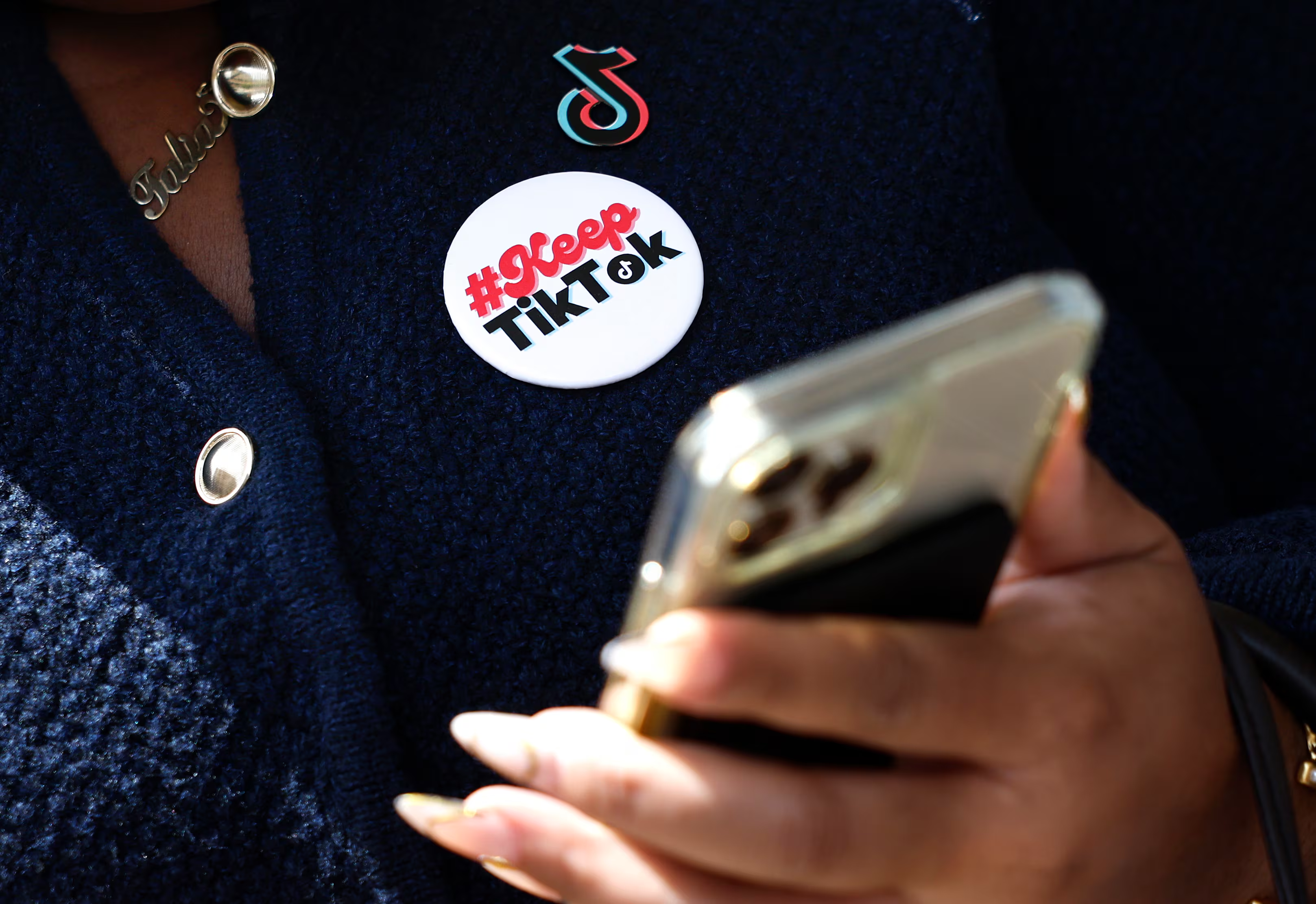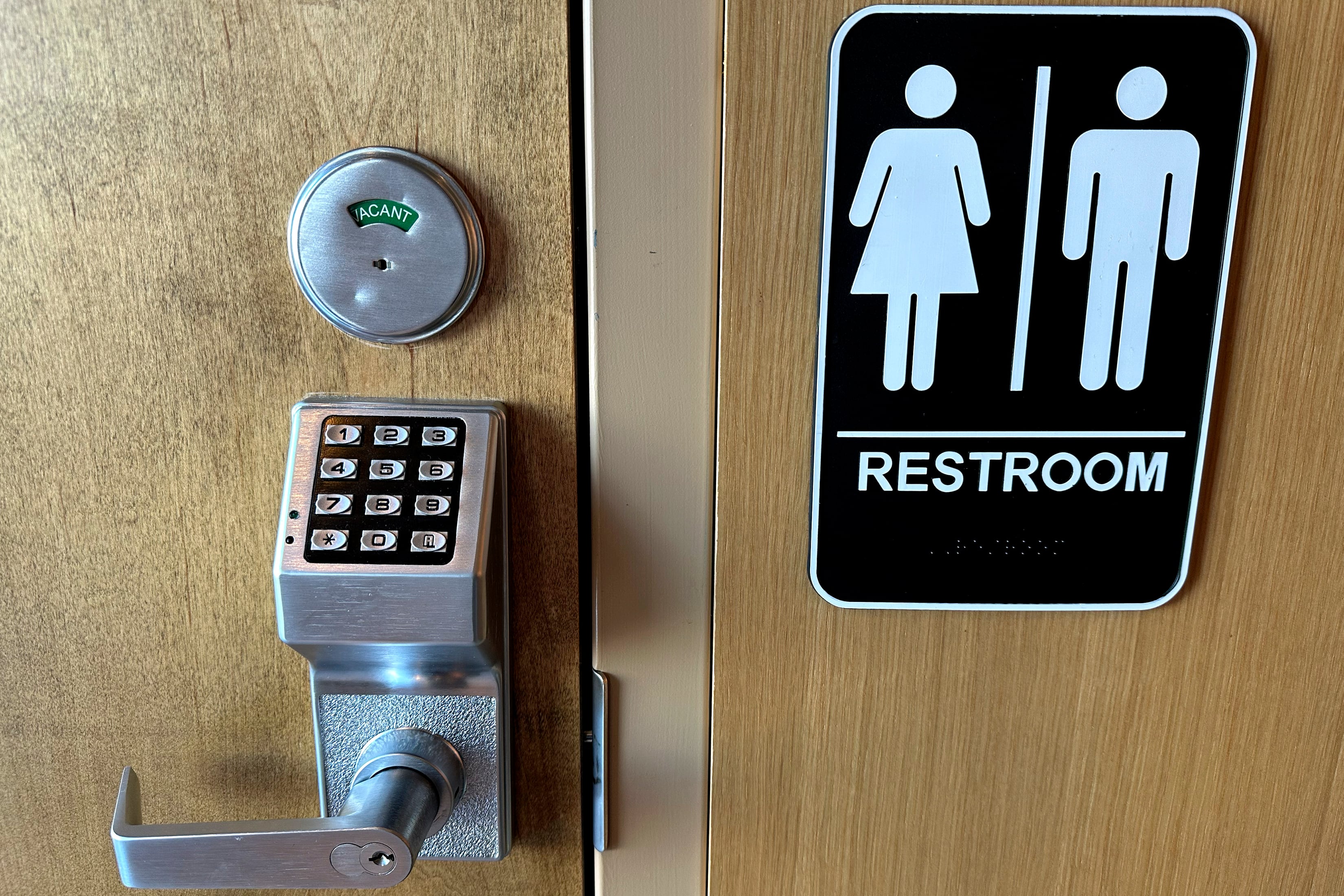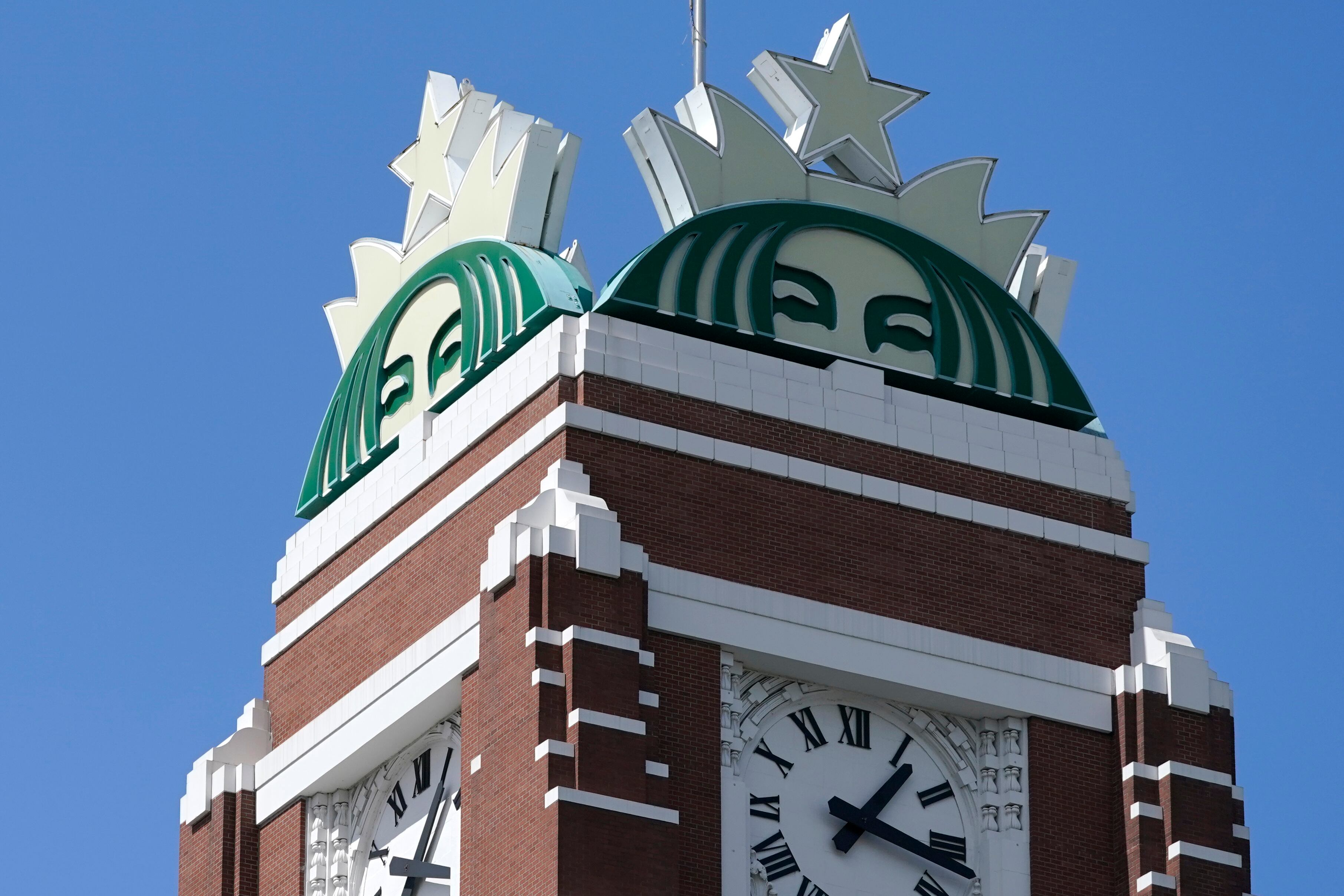By Christopher Rugaber
A key index of underlying inflation that is closely followed by the Federal Reserve remained elevated last month, keeping the Fed on track to raise interest rates next week for the 10th time since March of last year.
The index, which excludes volatile food and energy costs to capture “core” prices, rose 0.3% from February to March and 4.6% from a year earlier — still far above the Fed’s 2% target rate. Some Fed officials are concerned that core inflation hasn’t declined much since reaching 4.7% in July.
Overall prices ticked up just 0.1% from February to March, the smallest monthly rise since last July and down from a 0.3% increase from January to February, Friday's Commerce Department report showed. Compared with a year ago, inflation slowed to just 4.2% from 5% in February, though much of that decline reflected lower gas prices. That is the lowest year-over-year overall inflation figure in nearly two years.
The government also reported that consumer spending was unchanged from February to March after a tiny gain of 0.1% the previous month, a sign consumers are getting more cautious amid high inflation and interest rates.
Friday’s inflation figures point to the dilemma confronting officials at the Federal Reserve: Across the economy, price increases for many goods have slowed significantly. And some previous drivers of inflation, notably clogged supply chains, have eased. Yet prices for many services, including restaurants, auto insurance and hotel rooms, are still surging, fueled by robust demand from consumers who in many cases have enjoyed rising wages.
As a result, the Fed is poised to announce its 10th straight interest rate hike after its policy meeting next week. The likely quarter-point rise in its benchmark rate would raise it to about 5.1%, the highest level in 17 years.
The Fed’s rate increases are intended to slow borrowing and spending, cool the economy and conquer high inflation. But in the process, the rate hikes typically lead to higher costs for many loans, from mortgages and auto purchases to credit cards and corporate borrowing, and heighten the risk of a recession. Most economists foresee a recession this year as a consequence.
There is growing evidence that the Fed’s efforts to slow consumer spending and economic growth are succeeding. The government’s figures Friday on consumer spending suggested that consumers have grown more cautious since the start of the year, when spending had jumped 2% just in January. The spending surge that month was fueled by a nearly 9% jump in Social Security and other benefit payments that are intended to keep pace with inflation.
And on Thursday, the government reported that the economy expanded at just a 1.1% annual rate in the January-March quarter, much less than the 2.6% growth in the previous quarter.
Even as the economy slows, Fed officials have indicated that they intend to keep borrowing rates high through the end of the year. Many economists say they fear that this may prove more than the economy can handle without succumbing to a recession — and more than necessary to tame inflation.
Analysts have also expressed concern that last month’s collapse of two large banks is causing the banking industry as a whole to pull back on lending to shore up the industry’s financial health. Tighter credit standards could make it harder for businesses to borrow and expand, slowing the economy even further.
At the Fed’s meeting in March, its economic staff forecast that the U.S. economy would fall into a “mild recession” this year, in part because of the economic impact of the banking industry’s turmoil.













